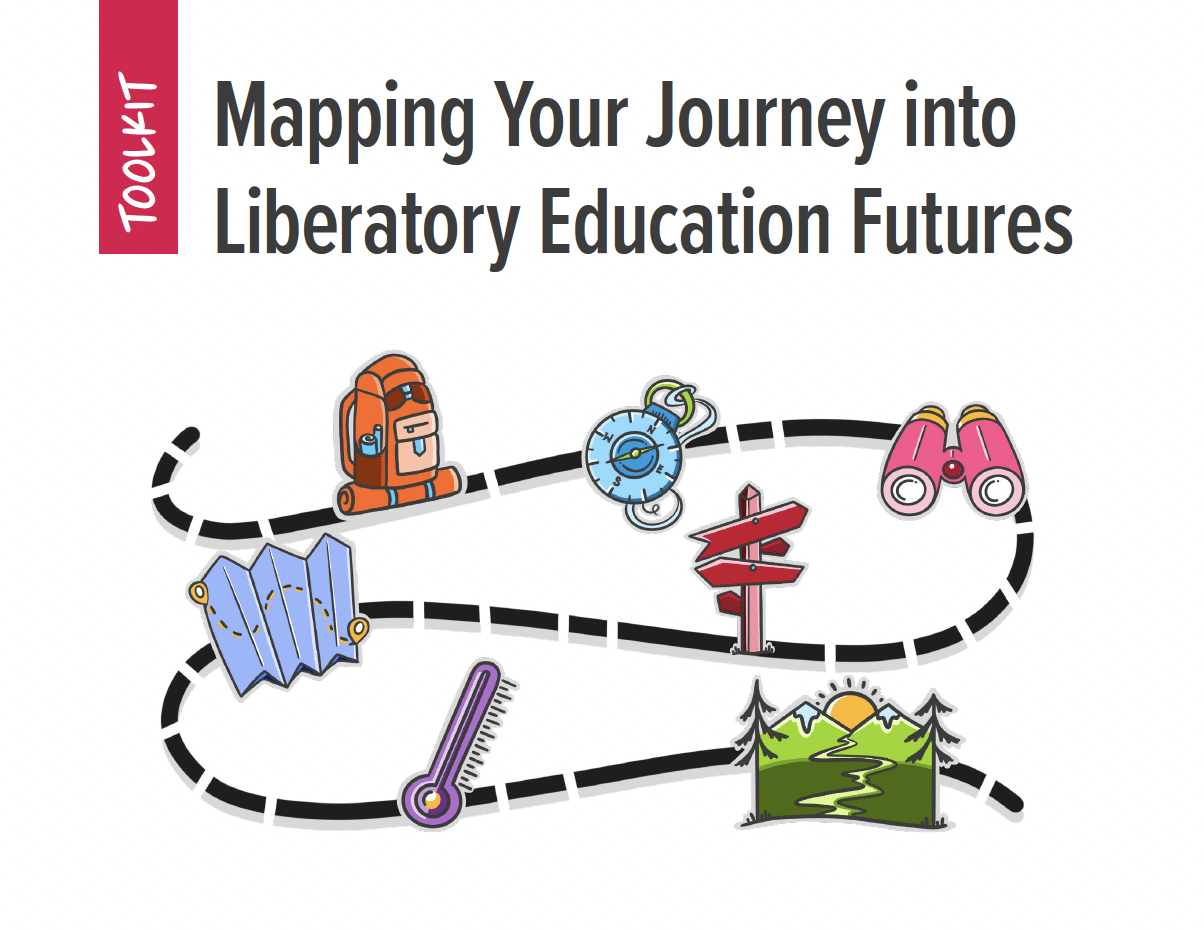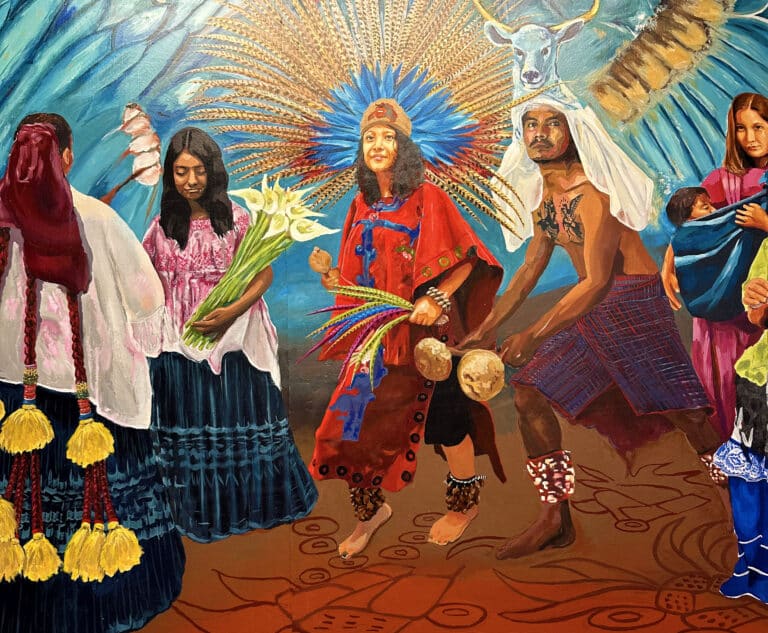Jeremy Chan-Kraushar believes in creating a learning culture that helps students develop positive identities as learners and the power of competency-based learning to do just that. Former teacher and co-founder of New York City Department of Education’s Mastery Collaborative, a network of 42 schools implementing competency-based learning across New York City, Chan-Kraushar spoke about learner identity at SXSWedu last month, and the ways in which competency-based learning can be culturally responsive and build equity in education.
According to Chan-Kraushar, helping students build positive perceptions of themselves as learners and ensuring learning goals are transparent is critical to providing better results for kids. For the Mastery Collaborative community, this work is all about culture.
“If you look at data across race historically in public schools, you see disproportionate outcomes for students of color, particularly for Black and Latino students,” Chan-Kraushar said. “One of the things that was part of our hypothesis when we were thinking about this work is that we need to think about the ways that the traditional system has the potential to perpetuate these inequities.”
And while there is not yet statistical data that says grading is a direct cause of this inequity, Chan-Kraushar points to qualitative research and conversations with students that indicate that traditional grading and a lack of transparency in power sharing can have a negative impact on student motivation, connection to learning and self-confidence.
“You have students believing that they are failures,” said Chan-Kraushar. “I remember when I was a student and when I was a teacher, unless you reach the bar set for a particular class, which is very vague and obscure, you’re a failure.”
Jeremy Chan-Kraushar talked with us about creating systems diagrams that involve learning and reflection. See how mental models can change when taking systemic racism into account.
Learn more >>
According to Chan-Kraushar, a mindset shift to culturally relevant and responsive teaching alongside mastery grading is critical to best serve all students. Mastery Collaborative’s work centers on early research from people like Dr. Gloria Ladson Billings who defined culturally relevant education. Billings’ research says that culturally relevant education rests on three criteria:
- Students must experience academic success
- Students must develop and/or maintain cultural competence
- Students must develop critical consciousness through which they challenge the status quo of the current social order
All three of these tenets develop a positive learner identity, according to Chan-Kraushar. When students and teachers bring their history, background and identity to learning, it is not seen as foreign or counterproductive to the learning experience. “Students’ cultures and identities are seen in an asset-minded way,” said Chan-Kraushar. “So, we are teaching each other about the way the world works and about the realities of inequity.”
Both culturally responsive teaching and mastery learning are all about student engagement, and teachers can create a safe space for students through modeling.

What does it mean to have culture, to talk about race, ethnicity, gender and sexual orientation? I think bringing your identity as a teacher and being comfortable about talking about those things is a first step, and having all of those pieces be fair game for students to talk about, so these things are seen as assets. This is huge part of creating an environment where students feel like they are at home, they’re welcome and an equal part of the process.”
“What does it mean to have culture, to talk about race, ethnicity, gender and sexual orientation? I think bringing your identity as a teacher and being comfortable about talking about those things is a first step, and having all of those pieces be fair game for students to talk about, so these things are seen as assets,” said Chan-Kraushar. “This is huge part of creating an environment where students feel like they are at home, they’re welcome and an equal part of the process.”
To help schools and teachers develop culturally responsive learning environments, Mastery Collaborative highlights exemplary practices and facilitates a Culturally Responsive Education and Mastery Work Group for schools who want to get feedback on their equity goals and share unit plans, lesson plans, projects for expert review and recommendations on how to make their work more culturally responsive. Promoting equity through development of rich, culturally relevant learning environments is the first schoolwide shift outlined in the Collaborative’s Framework for Mastery Implementation, and each member school is asked to commit to a racial and social justice lens.
While it is too early to see an impact in their student data, Chan-Kraushar is encouraged by the momentum he is seeing around competency and culturally responsive learning. “From talking with administrators, teachers and students, there is a desire to move in this direction and it’s connecting with people,” said Chan-Kraushar. ”There is a lot of energy and people asking for more.”






